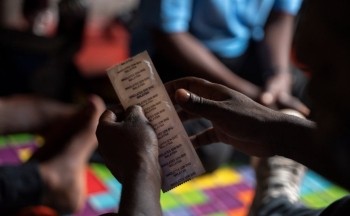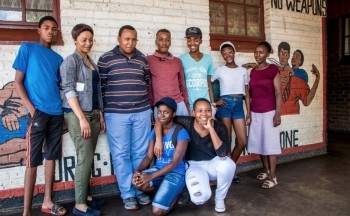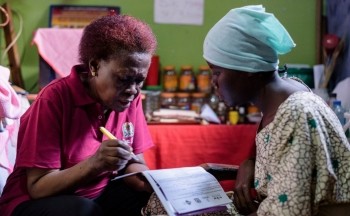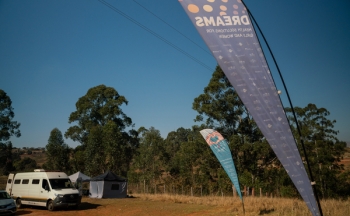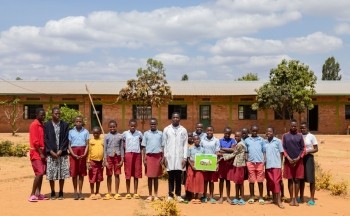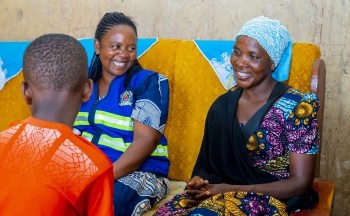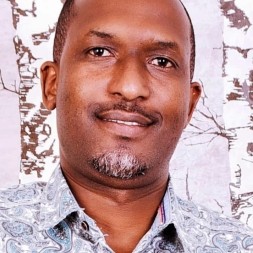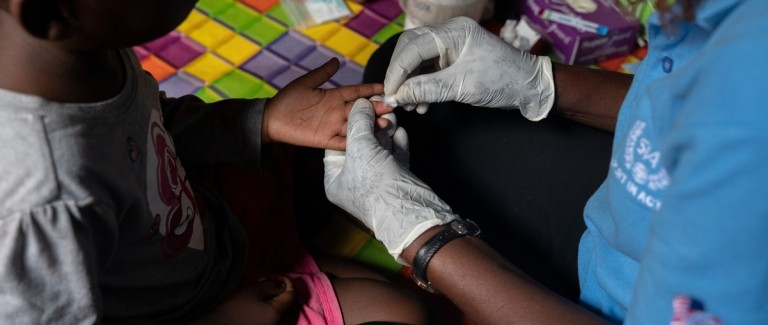
HIV/AIDS
Across the globe, Pact is working to stop the HIV epidemic through testing, treatment and prevention.
HIV is one of the world’s most serious public health challenges. In 2020, there were approximately 38 million people across the globe with HIV/AIDS. The vast majority of them live in low- and middle-income countries. An estimated 1.5 million people worldwide became newly infected with HIV in 2020, and about 20 percent of people living with HIV don’t know their status – the first step toward accessing treatment.
Yet the world is making significant progress. We are closer to ending the AIDS epidemic than ever before, and Pact and our partners are on the front lines of this fight. From Africa to Asia, Pact is helping to build local HIV responses from the ground up that are effective and sustainable because they are locally led.
Pact partners with local and national governments, civil society organizations and communities to improve access to and use of HIV services by strengthening community health-seeking capacity and local health and social welfare systems.
We are committed to the global mandate to end the AIDS epidemic by 2030, and Pact brings to this work decades of experience advancing community response to HIV, with results contributing to the UNAIDS 95-95-95 targets. Pact’s global HIV and health programming reached more than 2 million people last year, strengthening the capacity of community health systems and local partners to deliver clinical and non-clinical HIV services, and putting scientific approaches to prevention, care and treatment into widespread practice for vulnerable groups challenged by stigma and marginalization.
Through integrated community-based solutions, Pact serves as a technical leader in HIV prevention and mitigation, particularly for orphans and vulnerable children (OVC) and their caregivers, adolescent girls and young women (AGYW), key populations (female sex workers, men who have sex with men, people who inject drugs), and hard-to-reach groups such as migrants and families in artisanal mining communities. These efforts include linking OVC and their families to health, education, and psychosocial support services, addressing the socio-economic drivers of vulnerability for AGYW, and tailoring outreach services for key populations. Pact delivers HIV services to communities in more than a dozen countries.
We strongly believe that in order to effectively serve populations that remain unreached, communities must play a greater role in designing and delivering integrated solutions that address local needs and root challenges to HIV prevention.
Our expertise includes:
- Prevention, care and treatment for OVC and vulnerable AGYW
- Demand creation for prevention, care and treatment services
- Enhanced case finding
- Linkages to care and treatment
- Community referral systems
- Economic approaches for HIV mitigation
- Capacity development
In 2019, USAID selected Pact to lead a consortium of top HIV/AIDS programming partners in the ACHIEVE project, which is optimizing the response to pediatric AIDS toward epidemic control in some of the highest burden areas around the world. Learn more about ACHIEVE here.
HIV/AIDS PROJECTS
HIV/AIDS Work In Action
HIV/AIDS Resources
-
Community Action for HIV Control project: August 2023 situational report
-
Shaping futures: The social service sector's transformative role in supporting children & adolescents living with HIV
-
Community Action for HIV Control project: July 2023 situational report
-
Community Action for HIV Control project: April-June 2023 quarterly digest
-
Community Action for HIV Control project: May 2023 situational report
Stay Updated. Subscribe Now.
Pact's e-newsletter offers the latest on our efforts around the world to build thriving, resilient and engaged communities that are leading their own development.
